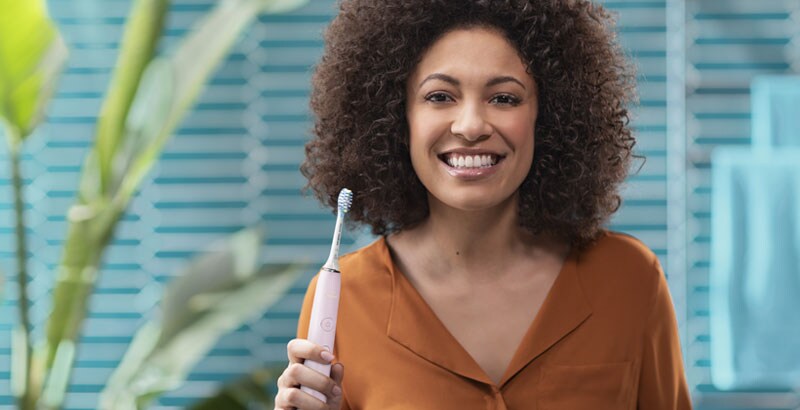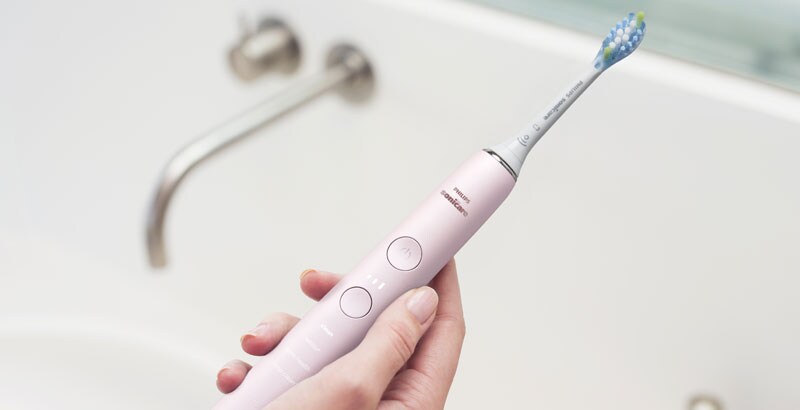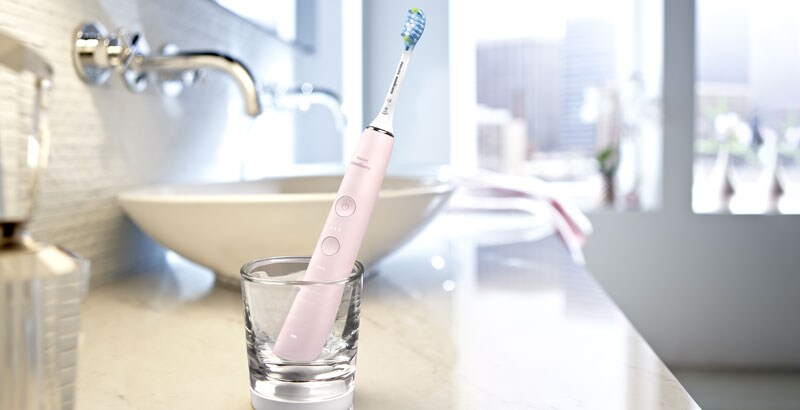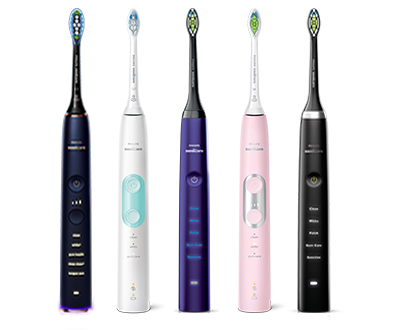When you’re pulling out all the stops to keep your teeth healthy it pays to know you’re using the right tools for the job. So, which is better, a manual or an electric toothbrush? Can you get the same results with both? Or are there benefits to electric brushing that a manual toothbrush can’t give? We dig into the benefits of both.
The manual vs electric debate The truth is you can get a great, thorough clean with a manual toothbrush. The caveat? There’s a big variable that effects the quality of the results: you! Try as we might, we don’t always use the right technique, or brush for the full, recommended two minutes. It’s okay, you’re only human! This is where an electric toothbrush comes in. What can electric do that manual can’t?
A manual toothbrush is what many of us grew up with. You probably have a preferred type of brush and bristle, and there’s no shortage of variety if your needs change.

An electric toothbrush is a way to get better results more consistently. It’s pre-programmed to help you do all the things you struggle with, like brushing for the right amount of time, using the correct technique and pressure, covering all areas of your mouth and overall motivation. Here’s a closer look at the things an electric toothbrush can do: Electric toothbrushes make it easier to clean hard-to-reach places, help you use a gentle and effective brushing action and often have a timed pacer to ensure you’re always brushing for the recommended two minutes. The result? You’ll remove more plaque and experience brighter teeth. In fact, a Cochrane study found1 that after three months of use, electric toothbrush users experienced a 21% reduction in plaque and an 11% reduction in gum inflammation compared with manual toothbrush users. An electric toothbrush also helps you focus on your specific oral health goals, like whitening or gum health.
Many electric toothbrushes come with built-in sensors so you can monitor and improve your brushing technique. For example, a pressure sensor will alert you if you’re brushing too hard so you’ll know when to ease up. Some electric toothbrushes also come with a connected app. They keep you honest by tracking your brushing habits and showing you where you can improve. It’s a bit like having your very own oral health coach. It’s true. People who use electric toothbrushes are more focused as they brush, according to a Cochrane study. This means that you’re less likely forget problem areas. An electric toothbrush can be a great way to improve kids’ focus and motivation too.

It’s a common misconception that electric toothbrushes are rough on your teeth and gums. The truth is it’s more of a gentle tickling sensation. There’s no need to use a scrubbing action or apply much pressure. All you need to do is hold the handle lightly and gently move it along the surface of your teeth and gum line.
How to get the best results

No matter which way you choose to brush your teeth, there are general tips you can follow to get great results every time: Manual toothbrush tips Electric toothbrush tips
No matter which way you brush your teeth, the important thing is to keep up consistent healthy habits. If you’re brushing twice a day for a full two minutes, and cleaning between your teeth daily, you’re already on your way to a healthy mouth.
We put together this article to help you better understand your oral health. It’s not intended as a replacement for professional advice. If you have any additional questions, it’s best to check in with your dentist or another healthcare professional. They’ll be able to give you more detailed guidance, or diagnose and treat you.


HX6876/21
Whiter teeth. Gently does it.
Feel the difference of a gentle clean with our Pressure Sensor while whitening your teeth in 1 week.
See all benefitsAvailable in:

You are about to visit a Philips global content page
Continue
